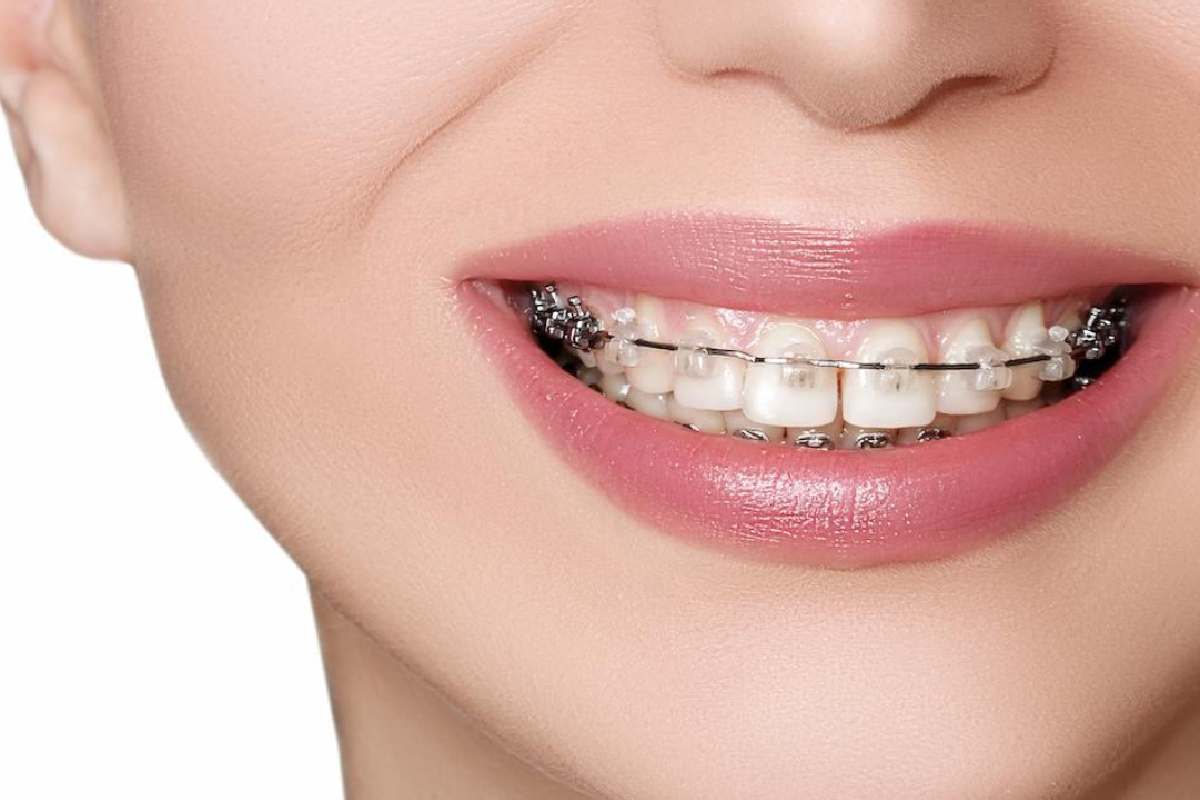While orthodontics primarily concentrates on the alignment of teeth and the jaw, its influence inevitably extends to broader aspects of health and well-being. One emerging area of interest is the correlation between orthodontics and sleep, specifically in relation to the condition known as sleep apnea. Recent research has revealed a complex interplay between orthodontic practices and sleep apnea, underscoring the necessity for ongoing exploration by researchers. It is equally essential for both existing patients and potential ones to grasp the intricate connections that exist between sleep apnea and orthodontic treatments.
Table of Contents
Understanding Sleep Apnea: Disruptions in Breathing During Sleep
Obstructive Sleep Apnea (OSA) emerges as a grave and potentially life-threatening condition, demanding attention from healthcare professionals across diverse medical domains. While not a recent concern, shifting demographics and increased discourse have thrust it into the spotlight in recent times.
OSA is a nuanced, multi-faceted ailment rooted in the intricate interplay of neurological, muscular, and physical factors, leading to the collapse of the upper airway. Unlike a straightforward anatomical issue, it cannot be exclusively prevented, induced, or treated by altering the dentofacial complex’s shape, size, or position. Procedures solely aimed at increasing the size of the airway will not universally cure the disease.
Despite its multifactorial nature, seeking guidance from a private orthodontist could offer valuable insights into its management.
The Significance of Obstructive Sleep Apnea
In adults, OSA manifests through daytime sleepiness, cognitive impairment, vehicular accidents, and strained relationships. Nighttime symptoms include snoring, intermittent pauses in breathing, restlessness, and frequent nocturnal bathroom visits. Severe cases can lead to hypertension, strokes, reduced life expectancy, and even mortality.
Children with OSA may exhibit daytime behavioural problems, learning disabilities, and inattention. Nighttime symptoms include noisy breathing, restlessness, mouth breathing, unusual body positions, and bedwetting. OSA can also contribute to failure to thrive and various cardiovascular issues in affected young individuals .Addressing these concerns early on with the guidance of a private orthodontist may mitigate the long-term impact on a child’s well-being.
Prevalence of Obstructive Sleep Apnea
Recent studies indicate that OSA prevalence is 1-4% in children of healthy weight, increasing to over 50% in obese children. In adults aged 30-50, 10% of men and 3% of women have OSA, with a rise to 17% in men and 9% in women over 50. The prevalence in obese individuals surpasses 75%.
Causes of Obstructive Sleep Apnea
Several factors contribute to OSA, including decreased neuromuscular tone in the upper airway, obesity, ageing, neuromuscular conditions, and abnormal structures narrowing the airway. Notably, orthodontic treatment, including procedures like headgear, extractions, or backward pulling mechanics, has no proven link to OSA development. There is no direct causal relationship between craniofacial structure and paediatric Sleep-Disordered Breathing (SDB).
Risk Factors for Obstructive Sleep Apnea
Understanding the prevalence of OSA is vital, especially in specific demographics. Recent studies indicate a higher prevalence in obese individuals. A private orthodontist’s expertise in assessing the oral and facial structures, along with a free consultation, can contribute to a comprehensive understanding of how these factors may intersect in personalised treatment plans.
Sleep Apnea and Its Connection to Orthodontic Treatment
Exploring the intersection of early orthodontics and sleep apnea leads to intriguing insights. While conventional wisdom might suggest that treatments like palatal expansion could address the effects of obstructive sleep apnea (OSA), research has unveiled that such dentofacial orthodontic interventions are generally ineffective in combating OSA. Despite this, the realm of orthodontics and sleep apnea remains intertwined, particularly as many orthodontic patients may also contend with sleep apnea-related concerns.
Commencing early orthodontic assessments for your child is not only advisable for potential developmental benefits but also because orthodontists can play a role in identifying risk factors associated with sleep apnea. Although orthodontists cannot officially diagnose OSA, their involvement in the diagnostic process is significant.
Once an official diagnosis is established, private orthodontists become crucial collaborators with physicians. This collaboration is particularly important because some common OSA treatments involve the use of mouthpieces that can impact tooth positioning. Orthodontists are well-placed to provide necessary orthodontist appliances that optimise the lower jaw’s position, facilitating smoother airflow. This collaborative approach enhances the overall effectiveness of OSA treatment, emphasising the valuable role orthodontists play in addressing sleep-related concerns.
Orthodontics and Surgical Interventions
Orthodontics assumes a crucial role in one of the more assertive treatments for obstructive sleep apnea (OSA) known as maxillomandibular advancement (MMA). This surgical procedure is occasionally recommended for OSA patients who find it challenging to tolerate a CPAP or mouthpiece and has proven effective for many individuals. Given that MMA entails modifying the jaw’s positioning, orthodontic intervention is often necessary to address resultant misalignments, essentially serving as the concluding phase of the procedure.
Considering the substantial correlation between orthodontics and sleep apnea, it is advisable to consult with your orthodontist alongside other medical professionals if you harbour concerns about the potential presence of sleep apnea in yourself or your children.
In conclusion, partnering with a private orthodontist, especially through a free orthodontic consultation, can provide valuable perspectives on addressing OSA. This collaboration ensures a tailored approach to management, taking into account individual variations in anatomy and contributing factors.

